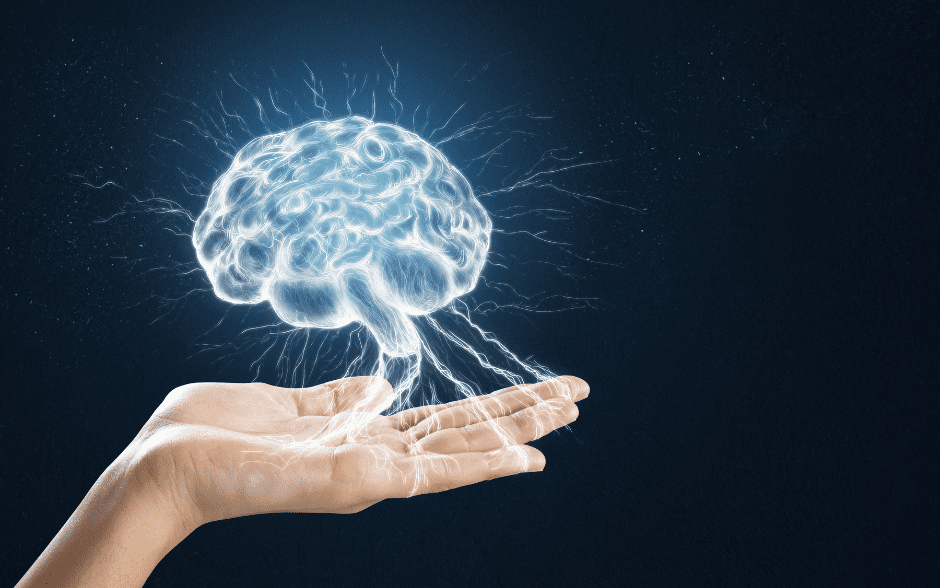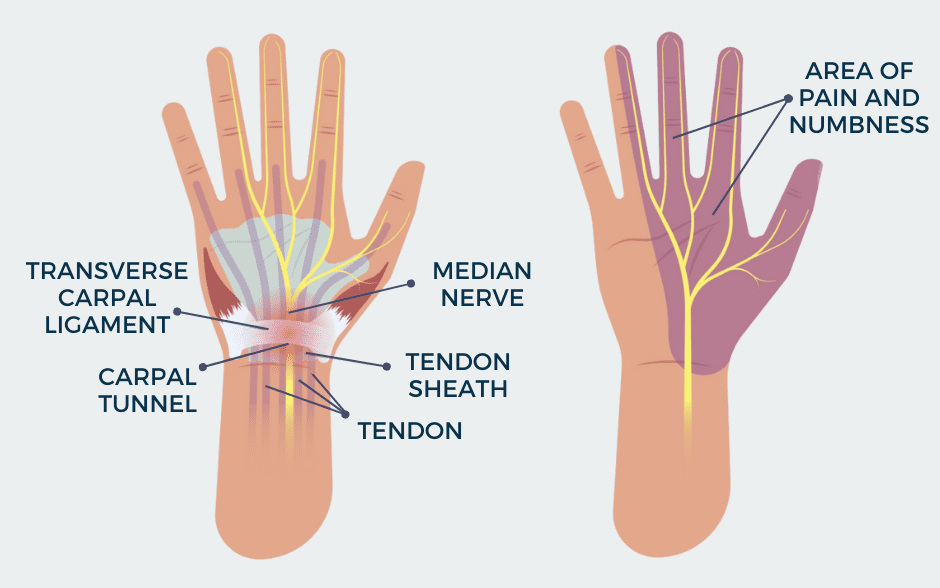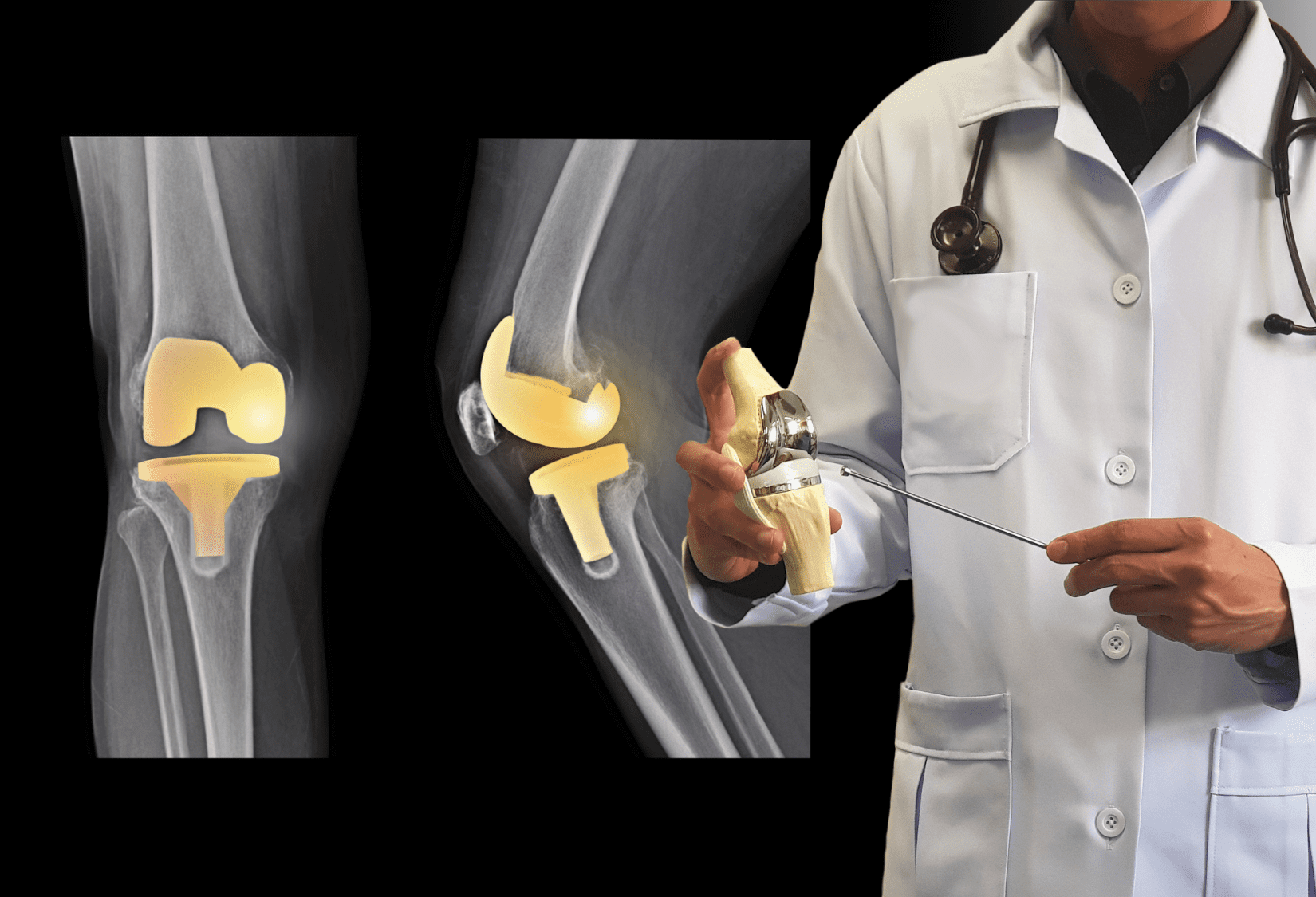Understanding Back Pain Beyond the Spine
What kind of treatment comes to mind first when your spine hurts? Most people think of consulting an orthopedist, followed by standard physical therapy. However, many patients – and even some professionals – are unaware that back pain can be a symptom of internal organ dysfunction. The Fascial Counterstrain therapy, a form of visceral physical therapy, addresses these hidden causes effectively and painlessly.
One of the conditions most commonly observed by professionals and most frequently complained about by the broadest possible spectrum of patients is back and neck pain. Just about everyone has at some point suffered from a “back problem”. But what’s really behind it? This is where we are getting to the essence of the issue. It could be anything. Therefore, an accurate diagnosis, revealing the true root cause of the symptoms, is essential as only on its basis can we provide relevant, thus effective treatment.
How Internal Organ Dysfunction Can Cause Back Pain
A few weeks ago, we started the treatment for the back pain of a patient who was referred to us with severe back pain. The patient complained of pain and muscle spasms on the right side of the lumbar section of the spine. The pain was radiating to the lower part of the chest and affecting his everyday life. After an evaluation, it turned out that the cause of the pain was not the spine itself but the malfunctioning of the vagus nerve (*), the duodenum, partially the liver, and the pancreas. The patient started rehabilitation based on manual therapy for internal organ dysfunction of the deep fascia, together with other physical therapy techniques that eliminated pain and spasms. What is interesting, that after the detailed evaluation and manual exam, our therapist had also determined that one of the patient’s kidneys was sensitive to diagnostic palpation, which could indicate a problem within this organ. Sometime later, the patient was referred by his family doctor for comprehensive medical testing, which confirmed our opinion. He was diagnosed with a cyst in the kidney.
In another case, a patient came with chronic low back problems. During the initial assessment, she complained of frequent (7-8 times) nighttime urination, which made it almost impossible to have a restful sleep. During that same visit, our therapist applied the Fascial Counterstrain technique, a type of manual therapy for organ dysfunction, to pinpoint and treat the nerve causing the bladder issues. By the next appointment, the patient was thrilled – after months of restless nights, she finally slept through the night, waking only twice, and felt noticeably more rested and energized.
These are just two examples of many patients primarily diagnosed with orthopedic problems, whose origins, however, do not come from the musculoskeletal system but are the result of malfunctioning internal organs, which can be treated with one of the physical therapy techniques.
Manual Therapy for Internal Organ Dysfunction: What You Need to Know
Rehabilitation is most often equated with exercise and manual therapy (often, at first, perceived by patients as “massage” but in fact having little in common with traditional relaxation massage) to solve issues with joints and muscles. We rarely recognize it as a treatment that can help with internal organ dysfunction. However, such problems can indeed be effectively and painlessly treated with one of the most modern techniques administered by our therapists at P D Rehab – the Fascial Counterstrain technique.
It is not an understatement to declare Fascial Counterstrain revolutionary and truly groundbreaking, markedly different from all traditional rehabilitation methods. It is considered a new turning point in the physical therapy field, as it is not based on techniques already in use. This gentle manual therapy technique is effective in treating pain, limitations in strength, and reduced range of motion in affected areas. The procedure is practically painless and can be applied to all parts and systems of the body. Therapists identify tender and painful diagnostic points on the patient’s head and body that correspond to specific organs and stimulate them in a way that relaxes the surrounding connective tissue, blood vessels, and nerves. This Fascial Counterstrain therapy reduces pain and swelling, restores full functionality, and can address issues such as back pain from internal organs. Depending on the complexity of the problem, the therapist may be able to decrease or even eliminate symptoms within only a few visits.
Visceral physical therapy, like Fascial Counterstrain technique, greatly reduces the time and improves the precision of the treatment for back pain by finding and treating the cause of pain, which often allows avoiding any pharmacotherapy or invasive procedures.
(*) The vagus nerve (not to be confused with the vestibular nerve) is a cranial nerve that extends from the brainstem and travels through the neck, chest, and abdomen, providing innervation to numerous internal organs. It influences structures including the meninges at the back of the skull, glands, soft palate, throat, esophagus, lungs, heart, stomach, pancreas, liver, small intestine, and approximately two-thirds of the large intestine.



















